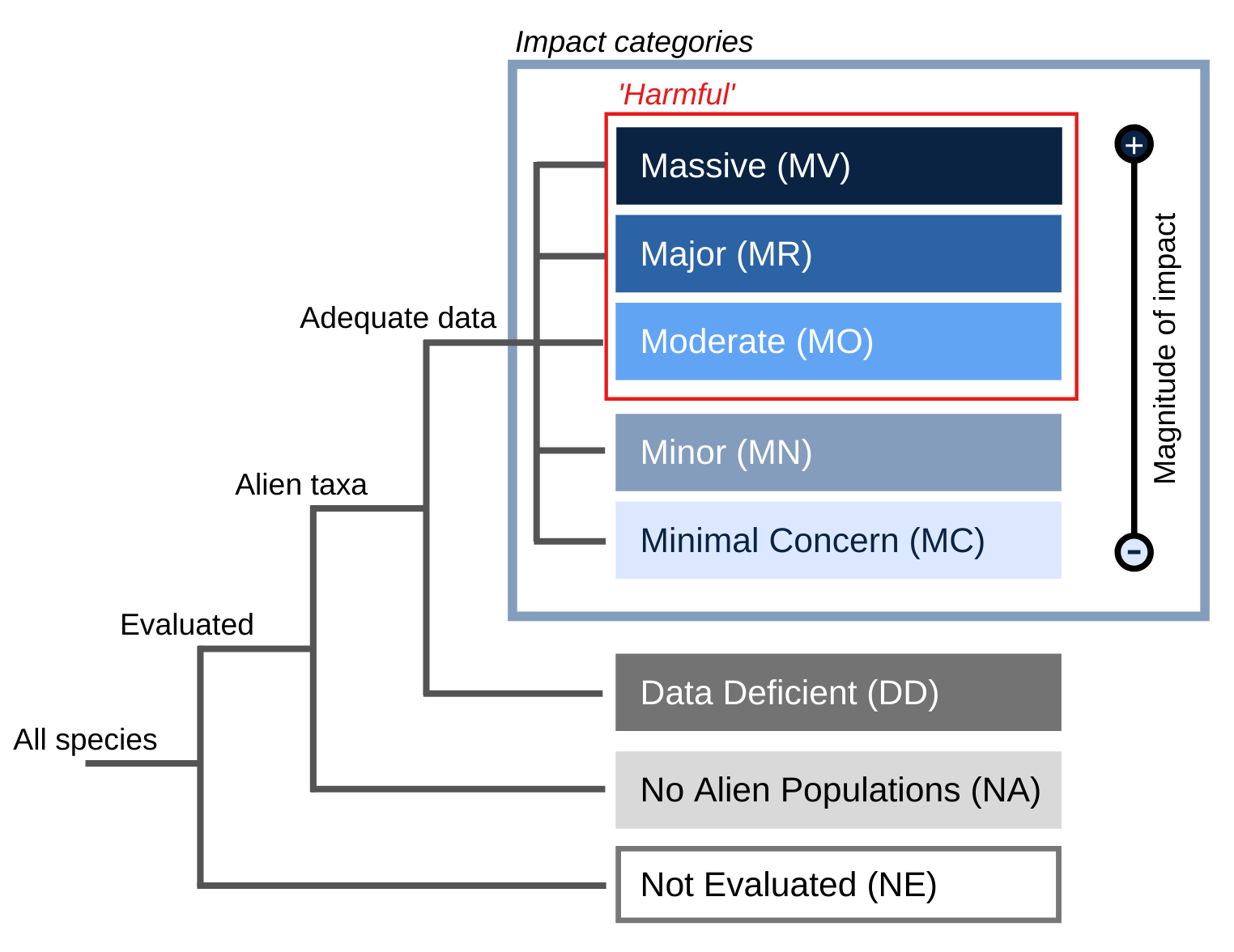- General
- Distribution
- Impact
- Management
- Bibliography
- Contact


Principal source: Paulownia tomentosa (Thunb.) Sieb. & Zucc. ex Steud. (Bonner, 1990)
\r\n Princess Tree: Paulownia tomentosa (Thunb.) Sieb. & Zucc. ex Steud. (Remaley, 1998)
Pacific Islands Ecosystems at Risk, (PIER, 2002)
Compiler: National Biological Information Infrastructure (NBII) & IUCN/SSC Invasive Species Specialist Group (ISSG)
Review: A. Christina W. Longbrake, Washington & Jefferson College, Department of Biology.
Publication date: 2005-01-24
Recommended citation: Global Invasive Species Database (2025) Species profile: Paulownia tomentosa. Downloaded from http://www.iucngisd.org/gisd/speciesname/Paulownia+tomentosa on 17-12-2025.
A Risk assessment of \r\r\nPaulownia tomentosa for Australia was prepared by Pacific Island Ecosystems at Risk \r\r\n(PIER) using the Australian risk assessment system (Pheloung, 1995). The result is a score \r\r\nof 7 and a recommendation of: reject the plant for import (Australia) or species likely to \r\r\nbe a pest (Pacific).
Physical: Remaley (1998) States that P. tomentosa, \"can be controlled using a variety of mechanical and chemical controls. Hand pulling may be effective for young seedlings. Plants should be pulled as soon as they are large enough to grasp. The entire root must be removed since broken fragments may re-sprout. Cutting is most effective when trees have begun to flower to prevent seed production. Because P. tomentosa spreads by suckering, re-sprouts are common after cutting.\"
Chemical: \"Cutting should be considered an initial control measure that will require either repeated cutting of re-sprouts or an herbicidal treatment. Girdling is effective on large trees where the use of herbicides is impractical. This method will kill the top of the tree but re-sprouts are common and may require a follow-up treatment with a foliar herbicide. The cut stump method, that is applying herbicide to freshly cut stumps, should be considered for individual trees or when desirable plants are nearby that might be impacted by foliar applications\" (Remaley, 1998).













